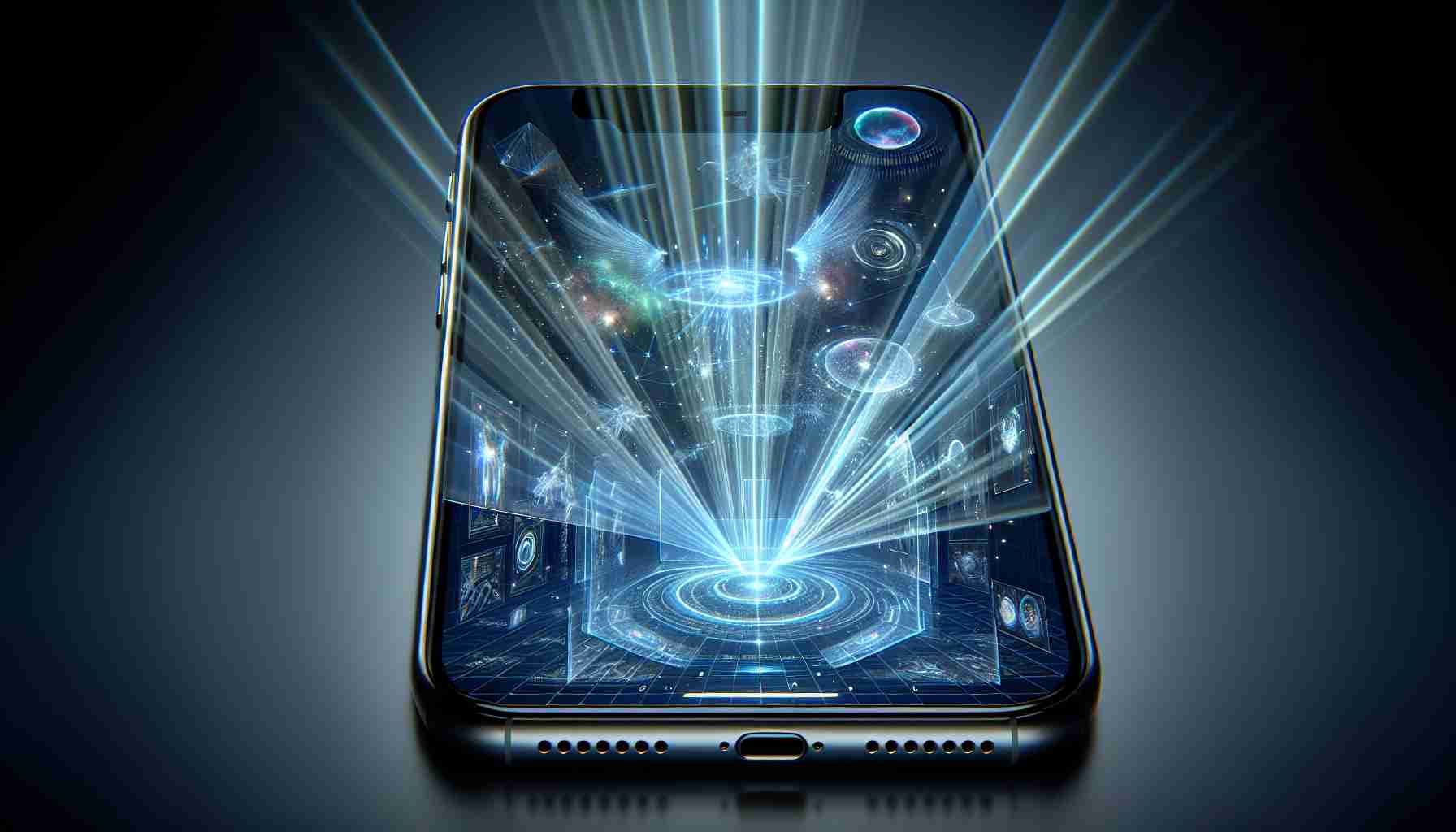iPhone Screens Unlock the Door to 3D Holography
Researchers have unlocked the futuristic realm of 3D holography using a standard iPhone screen. By applying a method known as “cascade of holograms,” they achieve a groundbreaking transformation of a 2D image into a 3D visualization. This advancement was highlighted in a study released on April 2 in the journal Optics Letters.
A color image emanating from the display of an iPhone 14 Pro was the starting point in this scientific journey. The emitted light underwent a sequence of modifications via a spatial light modulator (SLM) to morph into a three-dimensional hologram. This innovative use of the SLM allows scientists to manipulate light in terms of its phase, amplitude, and polarization, which are essential components in creating the depth and realism of a hologram.
These experiments took place under the guidance of lead researcher Ryoichi Horisaki from the University of Tokyo. The process entailed complex adjustments to the light properties, ensuring that the end result was a faithful 3D representation of the initial 2D image on the iPhone screen. As part of the technique, two key imagery captures were made at different points, one at the focal point of a Fourier transform lens and another slightly offset, showcasing the hologram’s capability to exhibit images with depth.
What sets this research apart is the utilization of “incoherent” light, typically found in common gadgets like smartphones and laptops, as opposed to the “coherent” light of lasers traditionally required in computer-generated holography. The researchers posited that their approach reduces complications and costs associated with laser technology, while also bypassing issues like speckle noise that can degrade image quality.
The advancements detailed here promise a new direction for developing safe and budget-friendly holographic displays, with potential applications in augmented and virtual reality devices, leading to a more immersive technological future without the need for costly or hazardous laser systems.
Key Questions and Answers:
What is the significance of using an iPhone screen for 3D holography?
The use of an iPhone screen signifies that everyday devices have the potential to create and display 3D holographic images without the need for specialized or costly equipment, making the technology more accessible and convenient.
What are the challenges associated with the “cascade of holograms” method?
Challenges could include the complexity of precisely manipulating light properties such as phase, amplitude, and polarization to create high-quality 3D holograms, and ensuring that the process is efficient and practical for consumer use.
What controversies might be associated with this technology?
Concerns could arise related to privacy, as holographic technology could potentially be used to create more lifelike and invasive forms of surveillance. As with most technologies, there could be ethical considerations regarding its use and misuse.
What are the advantages of this innovative technique?
Advantages include the ability to produce 3D holograms without the need for expensive, coherent light sources such as lasers, reducing the cost and complexity of generating holographic displays. It also minimizes issues like speckle noise, which can detract from image quality.
What are the disadvantages?
Potential disadvantages might involve the limitations of current screen technology in terms of resolution or color fidelity when used for holography. Additionally, the performance of 3D holograms created using incoherent light from a screen may not yet match the quality possible with more traditional holography setups.
Related Links:
For understanding the background of holography, you might find it valuable to explore the main sites of technology research organizations or journals. While I cannot guarantee the validity of links without specific URLs, researching journals such as Optics Letters for their latest publications on holography could provide a wealth of advanced information on the subject. Similarly, leading tech company domains known for working with display technology like Apple, might share related information or press releases regarding new advancements.
Please note that while I have provided suggestions for links based on the reputation of the domains mentioned, any actual link would need to be checked for 100% validity before use.
